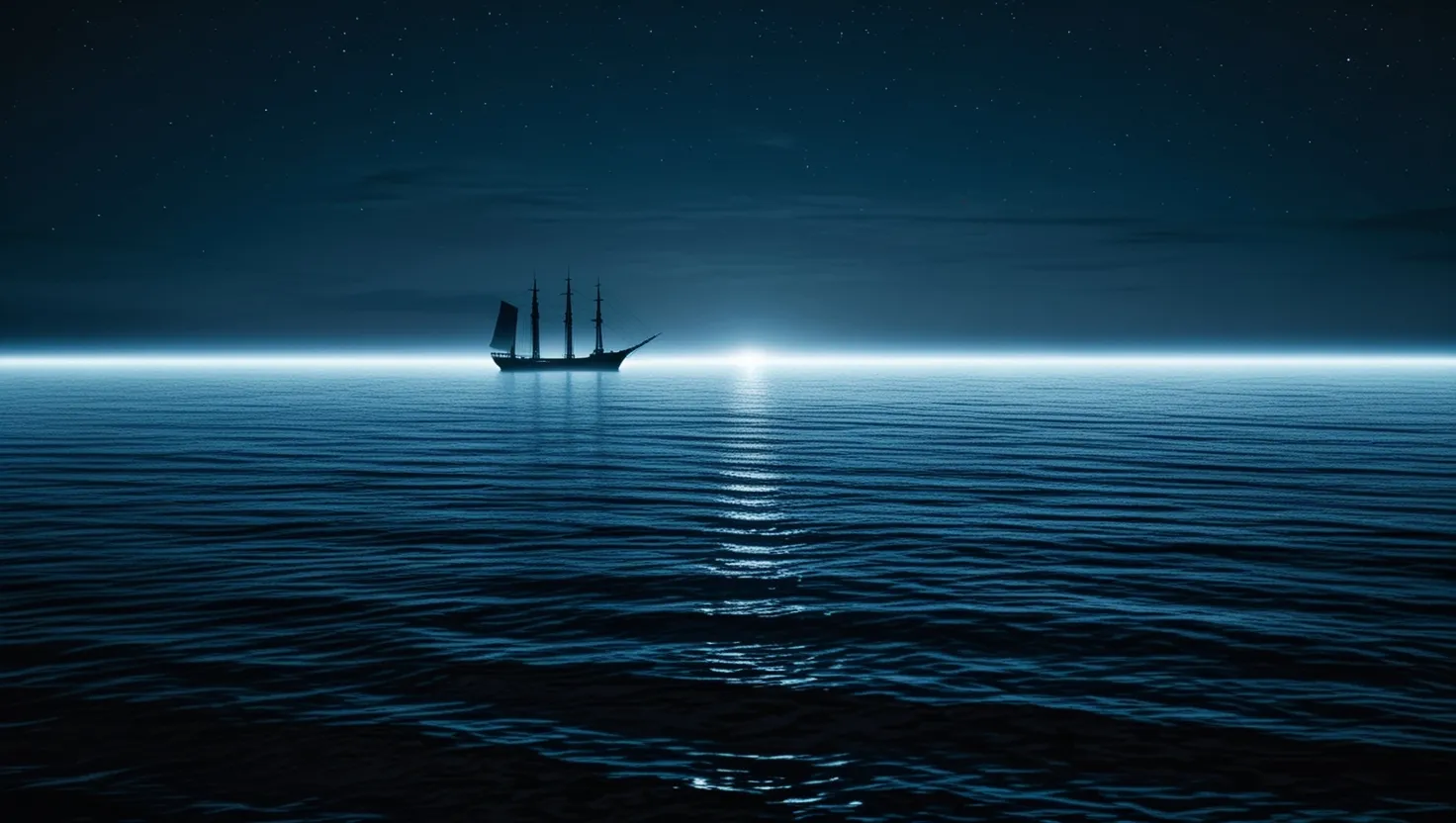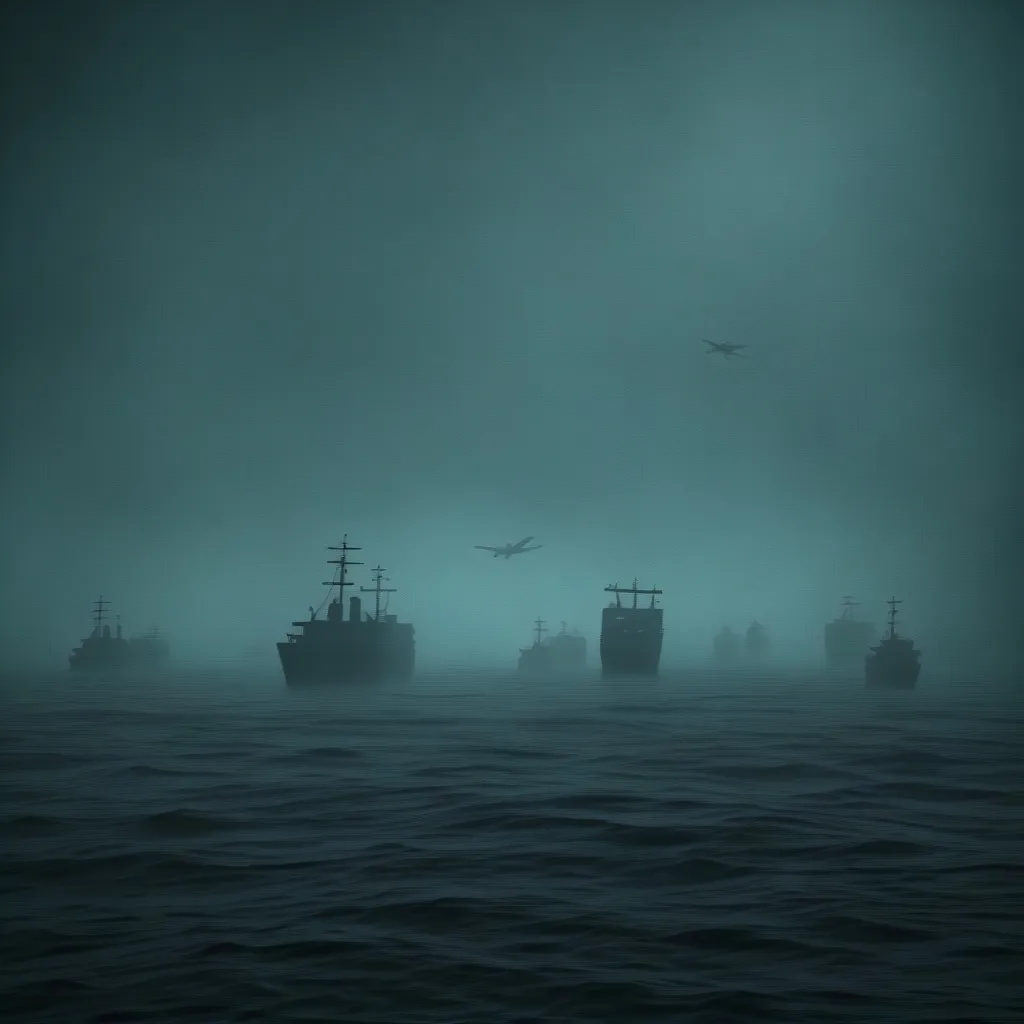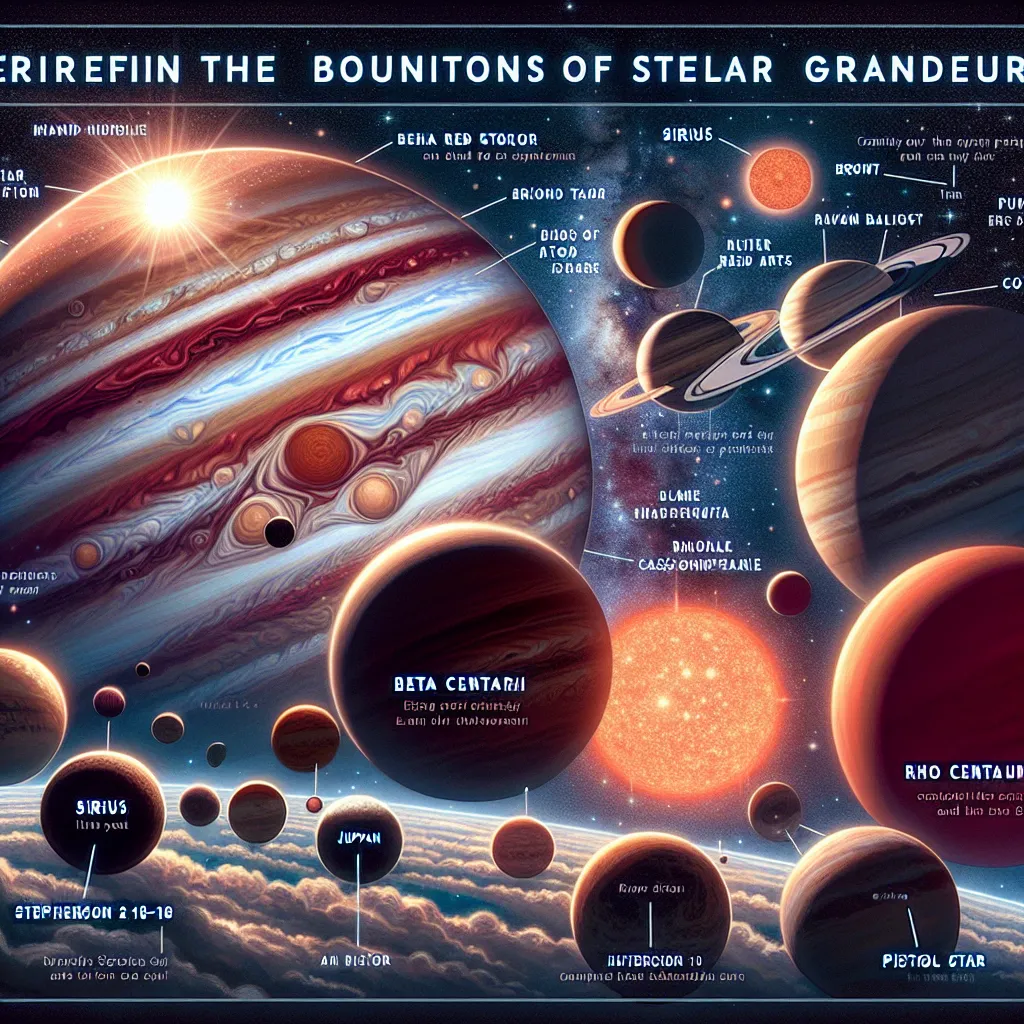Imagine standing on the deck of a ship, the vast ocean around you hidden by darkness, and then suddenly—the water glows. Not a flash or a brief shimmer, but a steady, pale radiance that seems to swallow the horizon in all directions. This isn’t Hollywood special effects or a trick of the moon; it’s a real and rare event known as the milky sea phenomenon. For centuries, sailors reported it as if venturing through waters poured from a ghostly bottle of phosphorescent milk, and until recently, many assumed these tales were just the stuff of nautical legends. Turns out, the ocean still has secrets that defy even our best science.
When I first encountered the idea of milky seas, it felt like peering into a fable whose facts refused to fit normal science. These events aren’t about those lively, quick sparks of light you see when waves disturb glowing plankton at the beach. Milky seas are measured not in meters but in thousands of square kilometers—tens of thousands, at times large enough to blanket an area bigger than some countries. The glow doesn’t twinkle. It doesn’t wane. It shines with an even, unbroken gleam for nights, sometimes for weeks, turning the ocean into a luminous plain where ship hulls cast ghostly shadows and the surface glows brighter than the sky. You can read a book by this light.
“A ship is always referred to as ‘she’ because it costs so much to keep one in paint and powder.” — Admiral Chester W. Nimitz
There are places, if you look at maps of reported sightings going back centuries, where these glowing oceans occur with odd regularity: a triangle bounded by Somalia, Socotra, and the Maldives, and another patch around Indonesia’s Java and Banda Seas. Curiously, most open ocean looks identical to us—an endless blue on the surface, an abyss below—but only in specific waters does the sea show this eerie, persistent glow. Even more strange, satellite images confirm the phenomenon, showing sharp, almost geometric boundaries to the glowing zones. It’s as if someone sliced out a piece of night and sprinkled it with cold fire.
So why does the sea shine? The leading suspect is a bacterium named Vibrio harveyi, remarkable for one unique trick: it can light up continuously, hour after hour, without any physical jolt or outside stir—so the theory goes, if enough of these bacteria are present, they could ignite vast sections of the ocean in an even, milky blaze. What’s unusual is that, under the microscope, these bacteria start to glow only when their numbers reach a threshold, coordinated by a “quorum sensing” process. Essentially, they wait for their ranks to build, then switch on in synchrony, broadcasting their presence like a neon sign. Think of it as microbial teamwork, scaled up to seas.
But this is where the puzzle deepens. Whenever research ships have tried to match laboratory expectations with field data, the math doesn’t add up. Water samples often show Vibrio and other luminous bacteria present, but never in concentrations high enough, by known metabolic rates, to cast so much light. The energy demands would outstrip what these organisms should be able to sustain in such thin soup. Could there be another, overlooked ingredient?
“I do not know what I may appear to the world, but to myself I seem to have been only like a boy playing on the seashore… whilst the great ocean of truth lay all undiscovered before me.” — Isaac Newton
Some researchers have wondered: Instead of bacteria working alone, is there a partnership with other microorganisms or some unknown physical process at work? Historical accounts of milky seas often coincide with unusual spikes in ocean surface nutrients—especially in waters influenced by upwelling currents, like those driven by the Indian Ocean Dipole or El Niño. But nutrient flows alone can’t be the answer; plenty of rich coastal waters never see milky seas. Other times, satellites detect faint, transient changes in sea surface temperature around the glowing zones, hinting at factors like methane releases from deep-sea vents. What if the light is fueled by pockets of chemical energy we don’t routinely find or even recognize?
And then, there’s the sharp boundary problem. Ocean currents, by nature, blend and blur. Why do the glowing regions look like they’ve been painted with a careful hand, at times with edges as crisp as a country’s border on a map? Some speculate that layers of water with subtly different chemistry or temperature form stable, persistent ‘fronts,’ and these might act as invisible cages for the phenomena. But no one has caught a milky sea in the act of switching on or fading out—there’s still an air of stage magic to their sudden appearance and disappearance.
I’m often struck by how much nautical lore we’ve visited and explained with modern science, yet here we’re left with questions. How do vast communities of microorganisms coordinate across such distances? Why do they wait for certain oceanic conditions that, as far as we know, aren’t unique? Is the glow a byproduct of stress, a defense mechanism, or possibly a signal—microbial radio, conducted in photons instead of sound?
“Not everything that can be counted counts, and not everything that counts can be counted.” — Albert Einstein
Technology keeps pushing the frontier a bit farther. With improvements in satellite imaging, milky seas have gone from sporadic anecdotes to confirmed events you can view from orbit. We know their outlines, their favored latitudes, and their shifting seasons. Some collaborations are developing predictive models, tying occurrences to moves in the Indian Ocean oscillations, betting that, with enough context, we’ll pin down the triggers. But experience from the field complicates every neat idea. Sometimes, all the variables look right—temperature, nutrients, currents, bacteria—yet no glow appears. At other times, a sea will blaze under improbable conditions, as if daring us to explain.
If you’re wondering about the practical side, submarines have a stake in this riddle, too. They report that sonar readings become erratic when traveling through milky sea zones. The glow, it seems, is not just about light—it tangibly shifts the way sound echoes underwater. That raises the tantalizing possibility that we’re dealing with changes in the water’s material properties, not just living cell numbers.
Lab experiments grow ever more inventive. Some scientists simulate milky sea processes with artificial upwellings and mixed cultures, looking for that elusive combination that can churn out sustained, uniform light in dense enough quantities. Others try to recreate the sea’s boundaries with multi-layered saline solutions and trace metals, hinting at a complex recipe involving everything from bacterial communication to fine-tuned chemical gradients.
Climate change is never far from current research. The number of milky sea events detected has tripled over the past two decades. Is the warming ocean somehow coaxing out more dramatic bioluminescence? Or are we just getting better at seeing what has always been there? Some point to increases in surface methane—possibly fueling microbial populations capable of unusual metabolism—as a driving factor. But this is frustrating territory; the pieces of the puzzle multiply faster than they slot into place.
I think about the stories told by sailors, sprinkled through logbooks and passed down through generations, describing ships sailing in midnight whiteness, surrounded by a light that seemed to come from nowhere and everywhere at once. These accounts are not only useful clues but also examples of how vital human curiosity can be. Without centuries of tales, we might never have devoted resources to modern investigations.
To experience a milky sea—so the stories go—is to be reminded of how little we sometimes understand the world, even the parts we cross every day. The ocean remains a stage for processes invisible from the shore, with players in numbers beyond what we count. Some mysteries resist being boxed in by tidy explanations.
Let’s ask: If bacteria can communicate over kilometers, might there be a new form of large-scale biological cooperation waiting to be discovered? What else in the marine world works as a team at this scale, lighting the night in a single, continuous act? The questions posed by milky seas ripple across more than just oceanography—they challenge our understanding of how life, energy, and the environment mesh in systems too big to reproduce in any lab.
I remain fascinated by the prospect that the next confirmed sighting might finally bring researchers in direct contact with an active milky sea zone. Sampling on-site, day after day, tracking its evolution, swapping hypotheses on the fly—there’s promise in that adventure. Perhaps somewhere in the rolling green-white glow, we’ll see not only the answer to why the sea sometimes mimics starlight, but a clue to much larger networks of cooperation in the natural world. The ocean is vast, and our willingness to learn remains the only thing vaster still.
“There are more things in Heaven and Earth, Horatio, than are dreamt of in your philosophy.” — William Shakespeare






